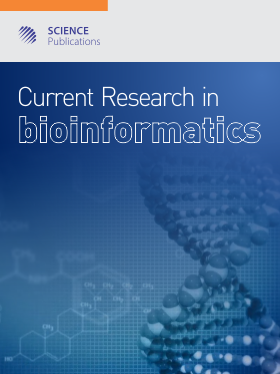Optimization of Chelating Process of Polysaccharides of Lyophyllum decastes with Zinc and Its Antioxidant Activity
- 1 Changshu Institute of Technology, China
Abstract
In this study, polysaccharides of Lyophyllum decastes (LDS) were used as raw material. The chelating rate was set as the index, the effect of chelating time, mass ratio and initial mass concentration on chelating rate was investigated. Response surface method was used to optimize the preparation technology of LDS and Zinc (Ⅱ) chelate (LDS-Zn) based on single factor experiments. LDS-Zn was analyzed by FTIR. Antioxidant activity in vitro of LDS and LDS-Zn was investigated. Research results showed that optimal preparation conditions of LDS-Zn were as follows: Chelating time was 4 h, mass ratio (LDS with zinc) was 6:1, initial mass concentration (zinc) was 4 mg/mL. LDS achieved the best chelating rate as high as 87.08%. Infrared spectroscopy analysis showed that Zinc (Ⅱ) successfully chelated with LDS. Compared with LDS, LDS-Zn had better scavenging effect on DPPH free radicals and hydroxyl radicals with an increase of antioxidant activity by 23.46 and 16.77%, respectively. These results indicated that LDS-Zn can be expected to serve as a nutritional Zn supplement with antioxidant activity.
DOI: https://doi.org/10.3844/ajbsp.2020.26.34

- 4,797 Views
- 2,166 Downloads
- 0 Citations
Download
Keywords
- Lyophyllum decastes
- Polysaccharide
- Single Factor
- Chelation
- Response Surface
- Antioxidant
